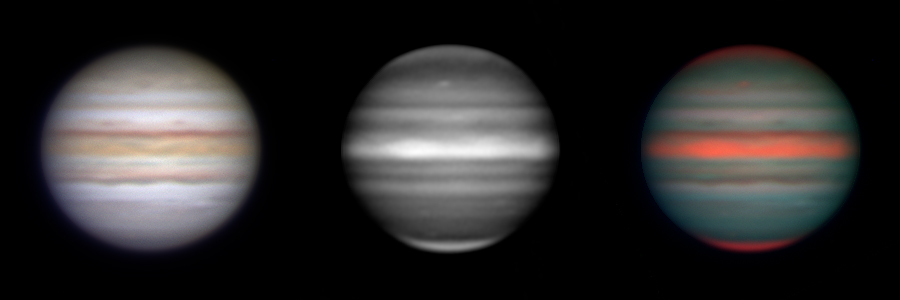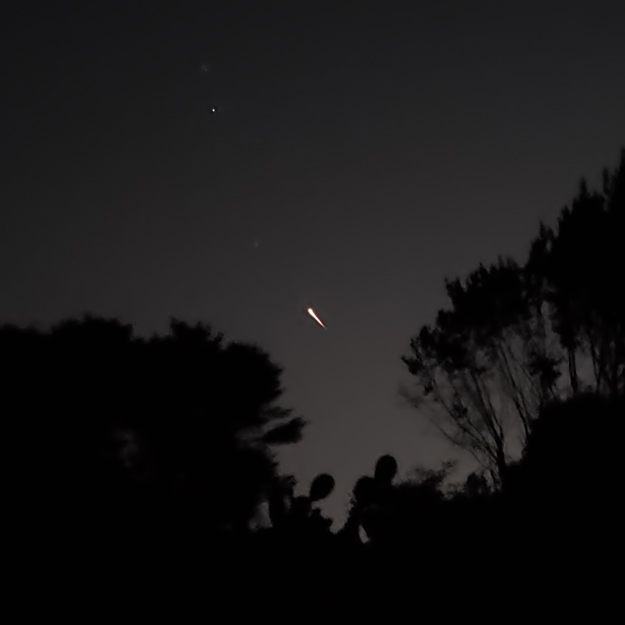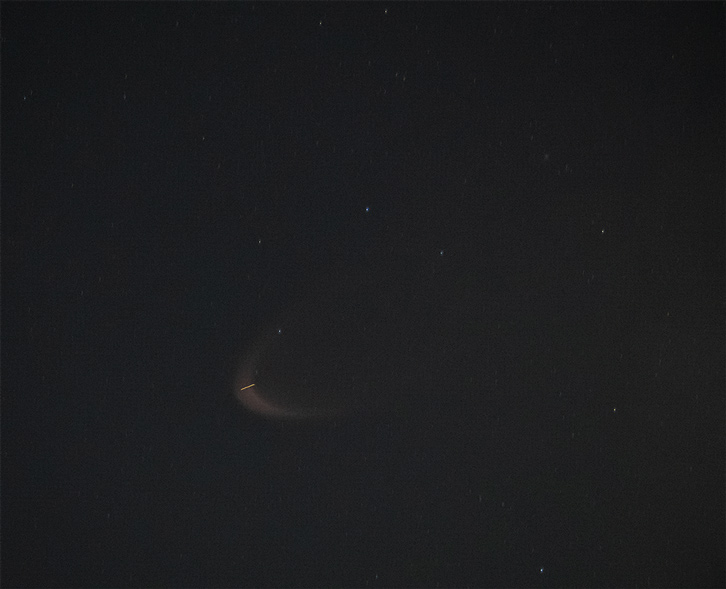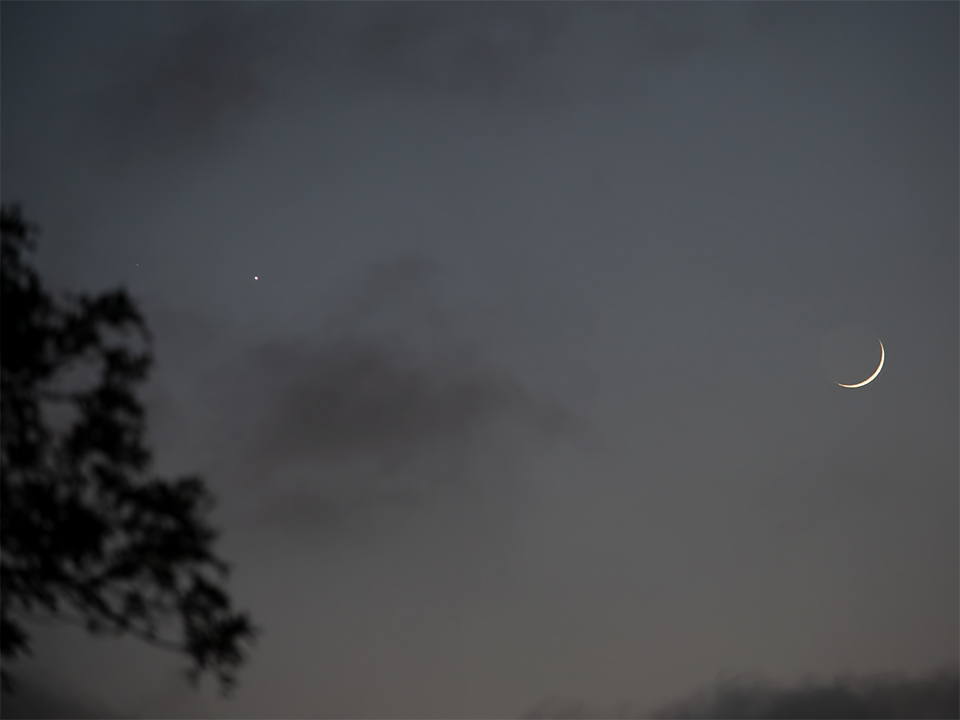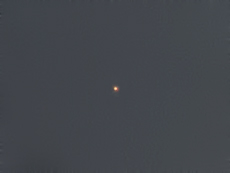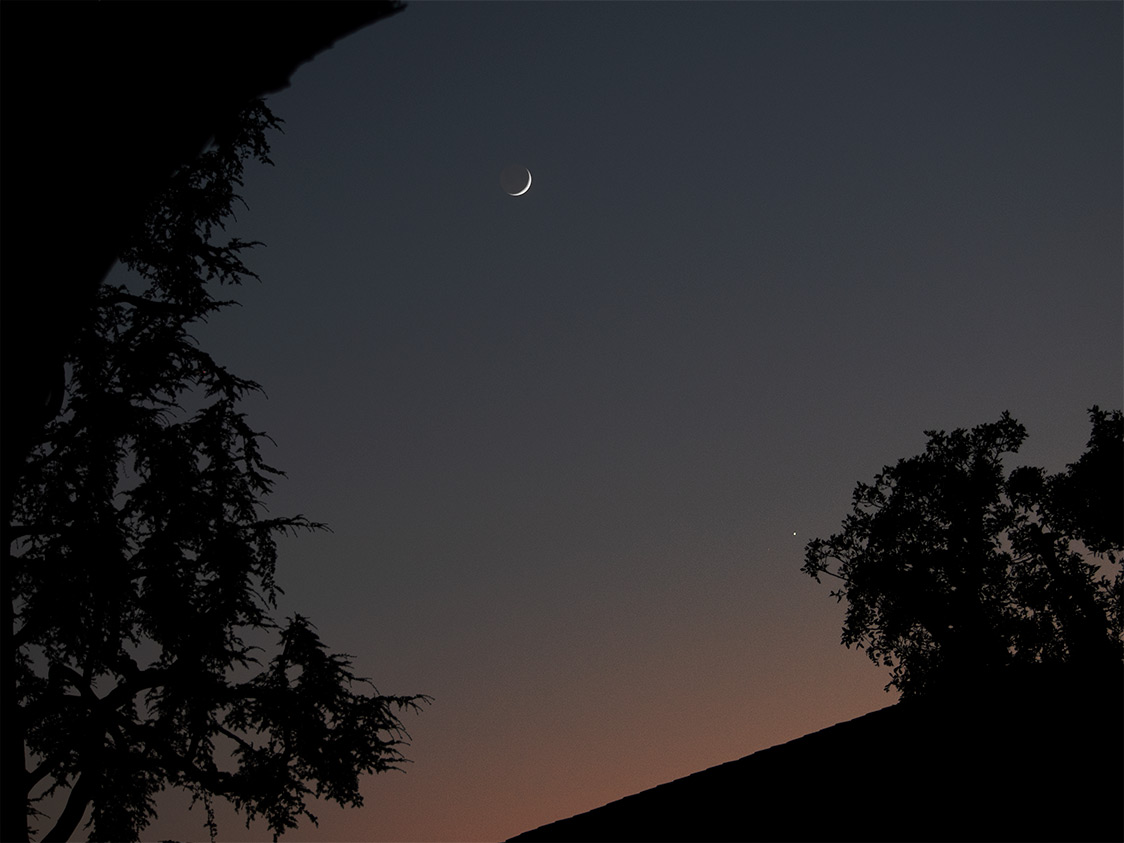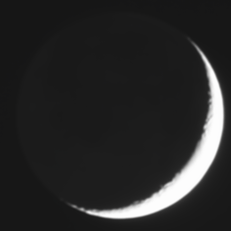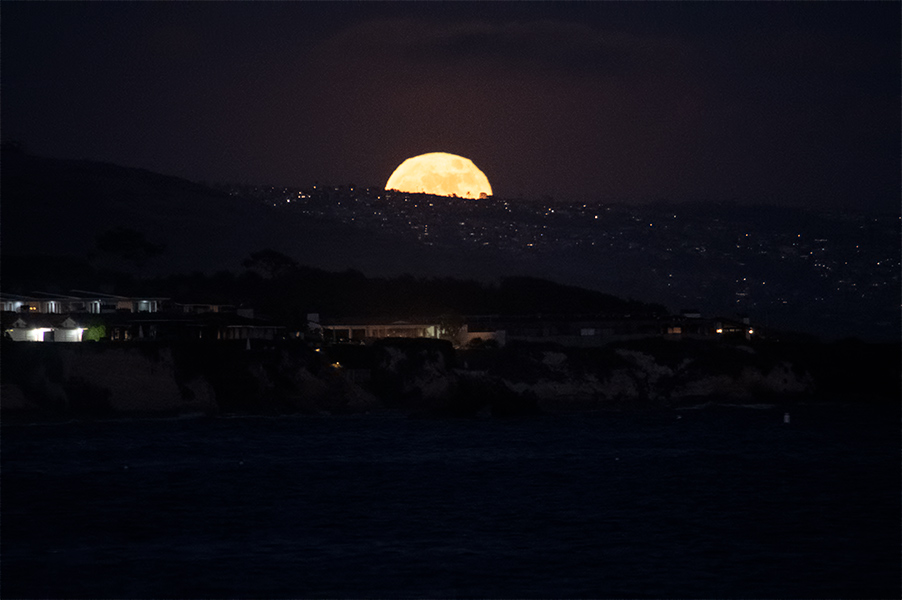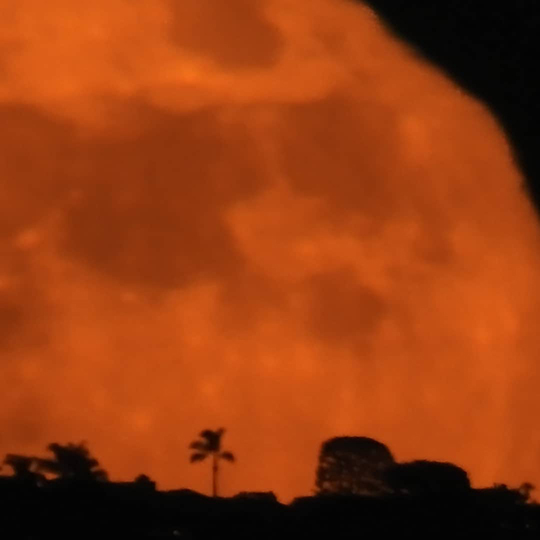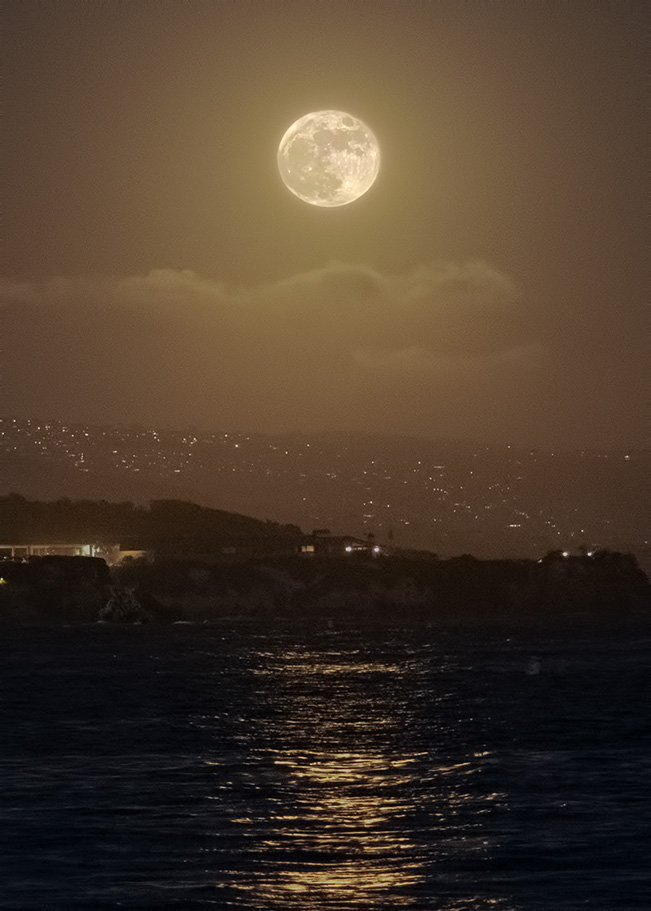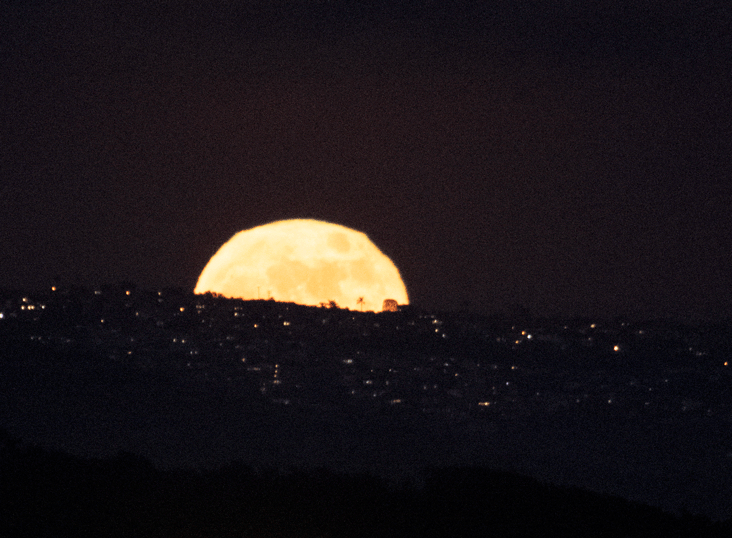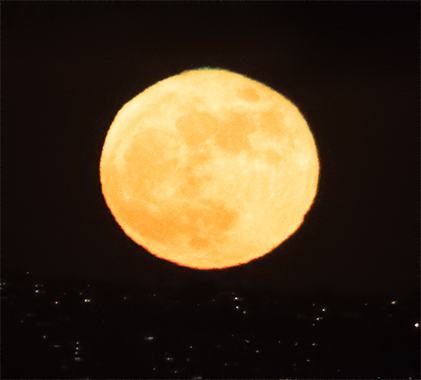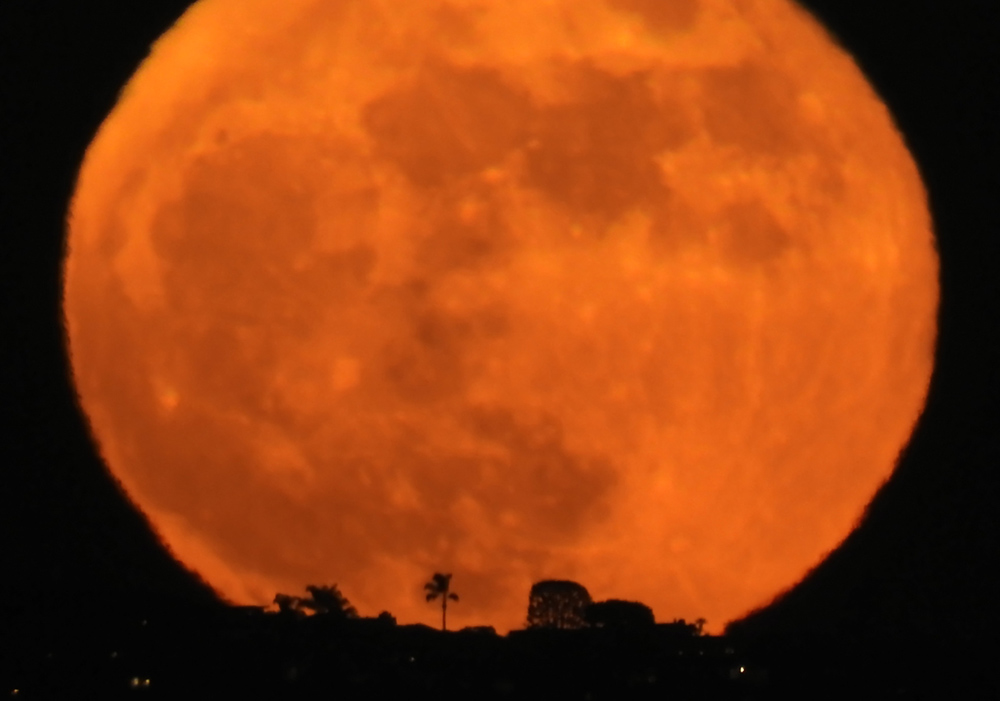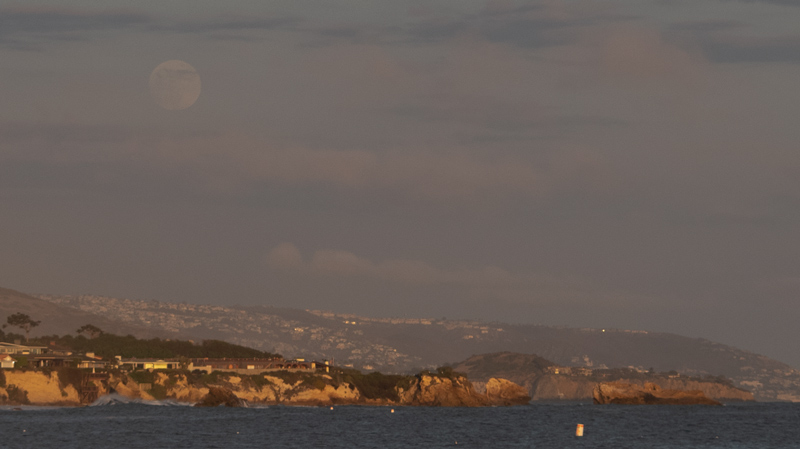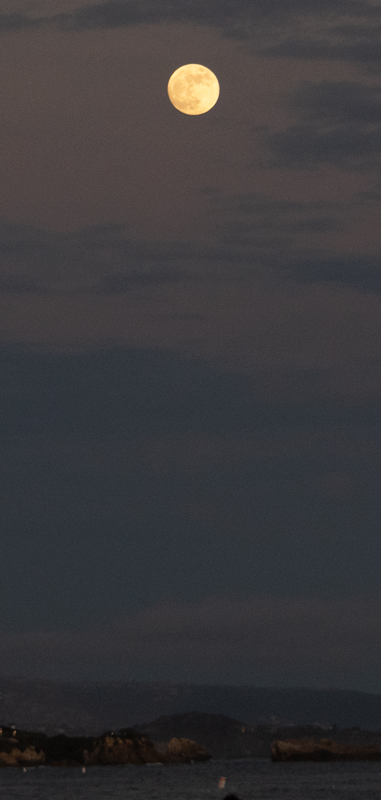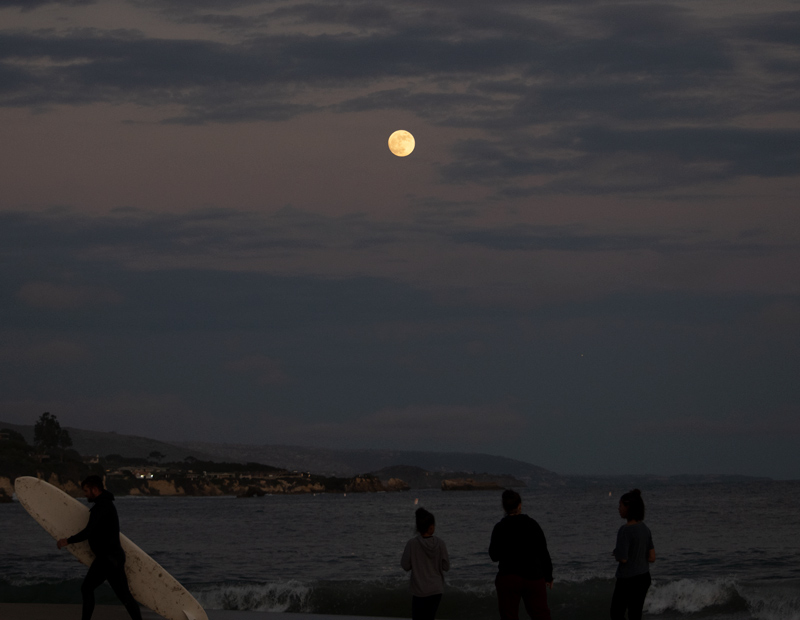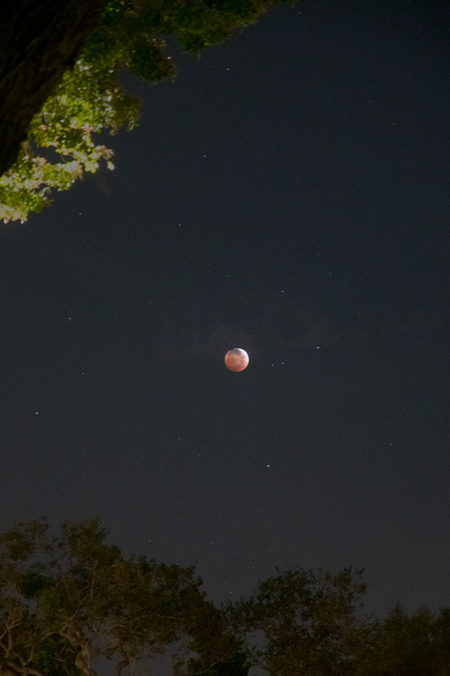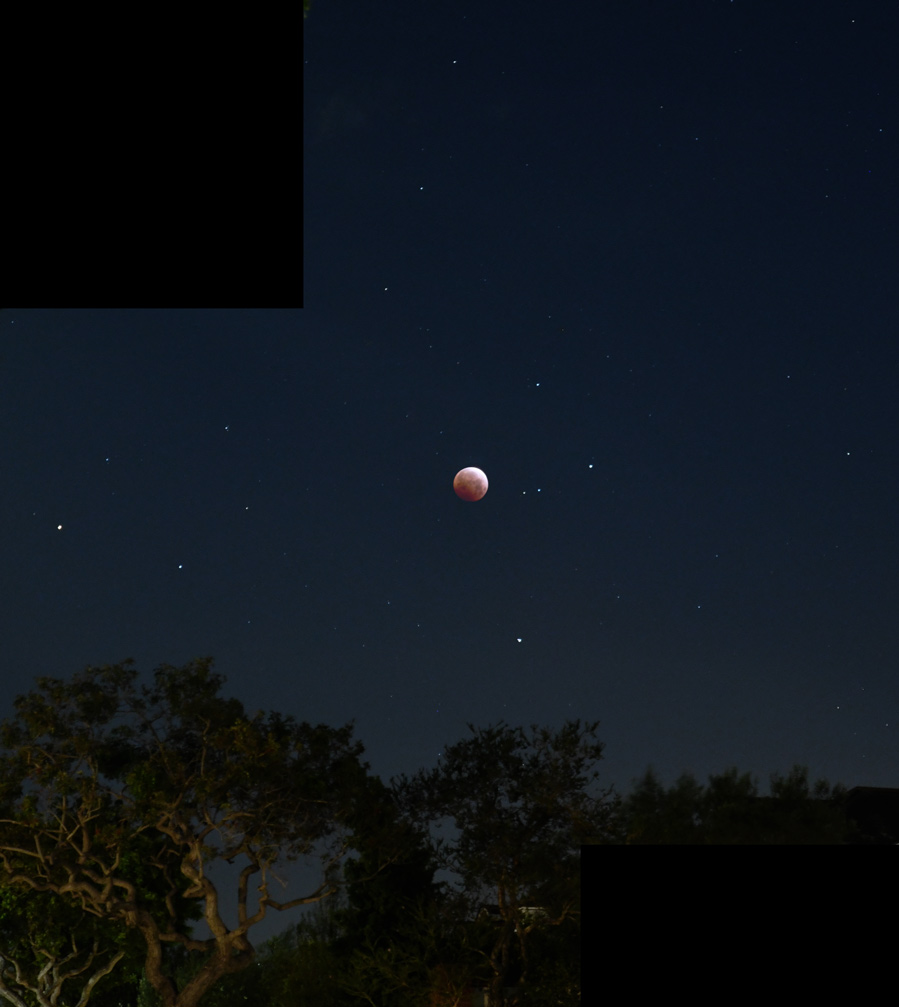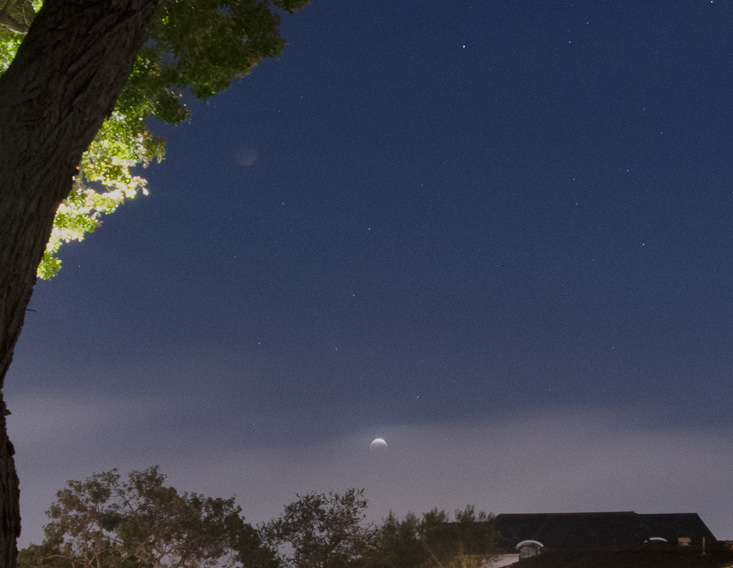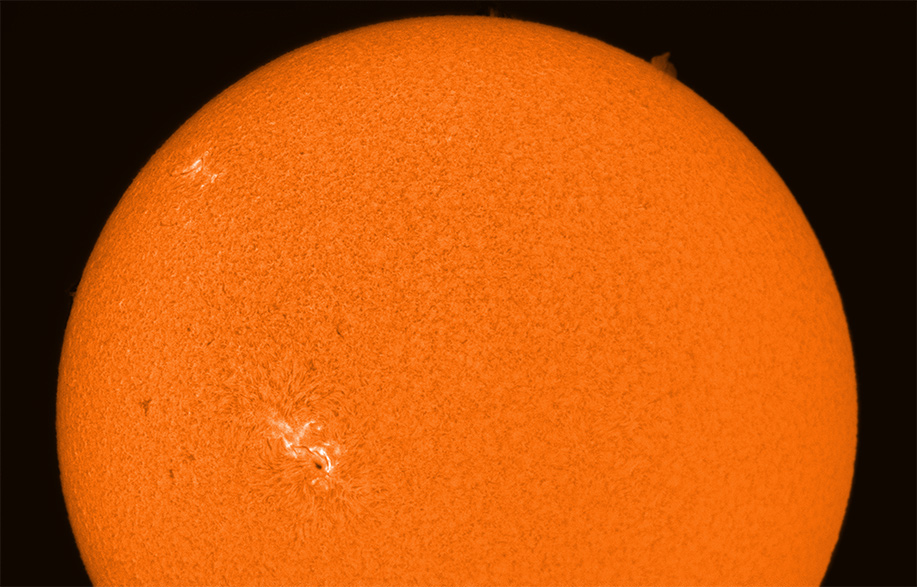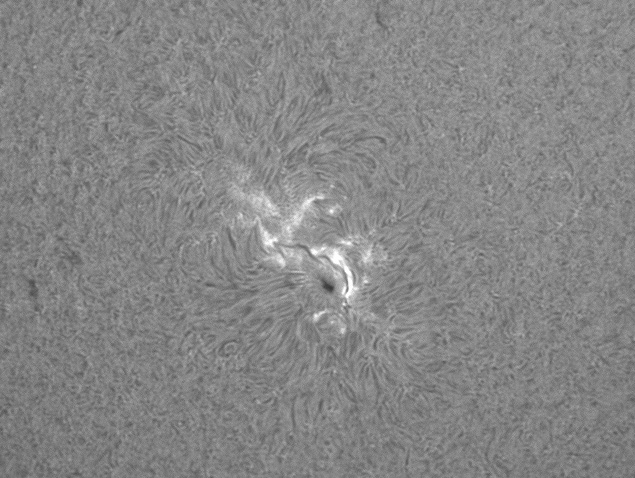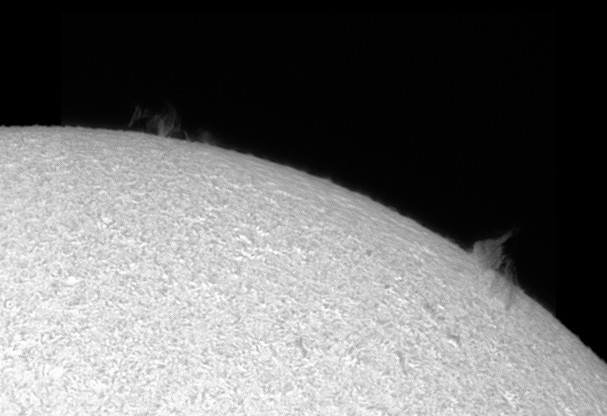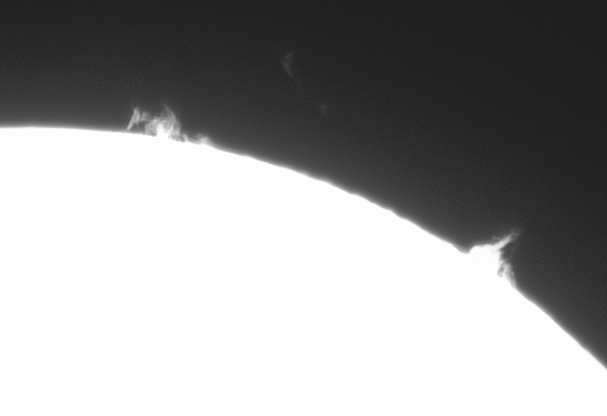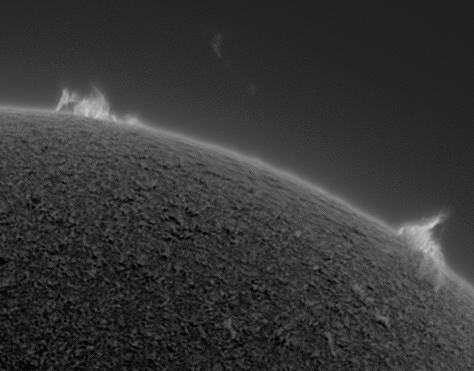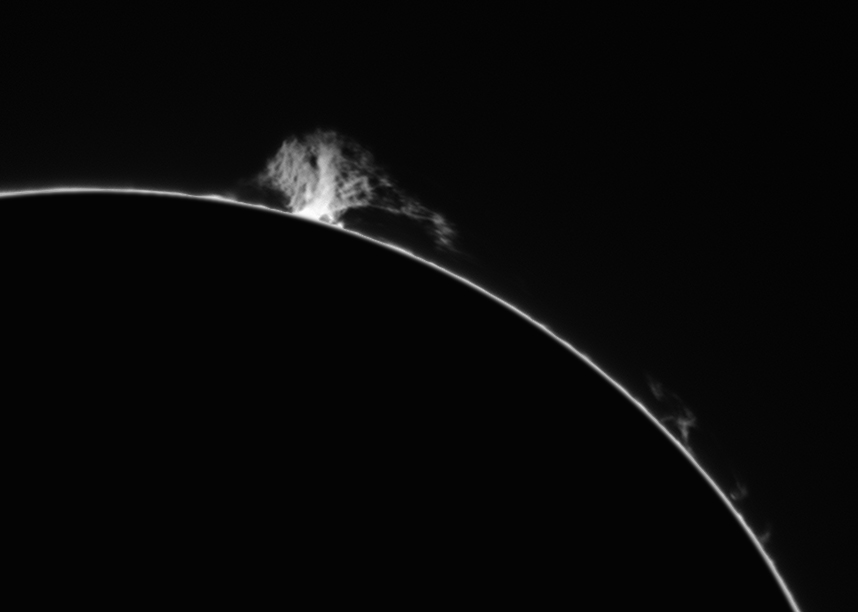 |
| Solar Prominence Ha 8/15/21 18:20 UTC |
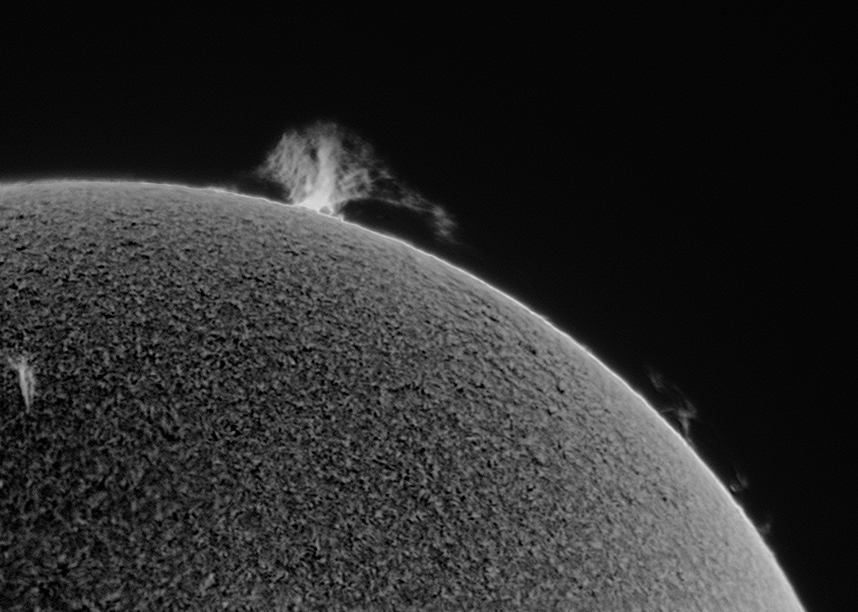 |
| Solar Prominence Ha 8/15/21 18:20 UTC Exclusion |
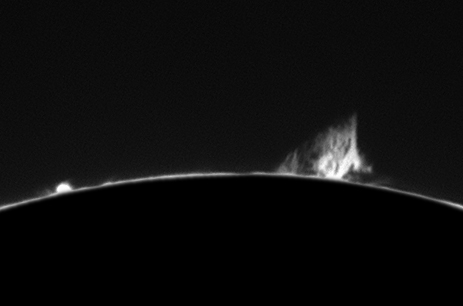 |
| Solar Prominence Ha 8/15/21 18:32 UTC smaller prom from the side of the disk (rotated up) |
There was a lot of excitement in the solar community this week due to a series of solar outbursts directed at the earth, some massive. I actually caught the beginning of one visually on 10/28, but did not take pictures. according to spaceweather.com a cannibal coronal mass ejection (fast moving coronal mass ejection, running into a slow moving one) hit the earth creating auroras visible as far south as 39 N in central california; detectable in cameras as far south as joshua tree.
it was of course cloudy here so i missed it all as well as the taurid meteor shower and the new moon :(
The images above show a pretty big solar prominence i captured on 8/15/21 and have absolutely nothing to do with the events described ;)
Ha Lunt 60 PT double stacked
zwo ASI 290MM
FPS (avg.)~93-178
Shutter~0.331-2.283 ms
Gain=351 (unity)
East Bluff, CA
8/15/21 18:20, 18:32 UTC
